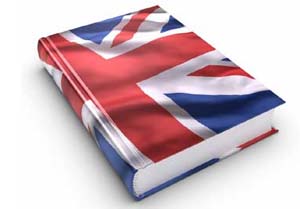VERSAILLES'S
HISTORY
Versailles, city, northern
France, capital of Yvelines Department,
near Paris. It is primarily a residential community and is noted
as the site of the palace
and gardens of Louis XIV; the
city also has some industry. The core of the palace
is the small
chateau (1624-1626), built for Louis XIII and later enlarged.
Construction of the main edifice
began in 1661; Louis XIV, his court, and the various departments
of government occupied it in 1682. During the 1680s the great north
and south wings were added.
The overall length of the
western facades is about 580 m (about 1900 ft). The front of the
palace faces a large court containing statues of famous
Frenchmen. Numerous galleries, salons, and royal apartments,
all lavishly decorated and fitted with
ornate furnishings, occupy the interior. One
of the most
famous galleries is the Hall of
Mirrors, the walls of which
are covered with enormous looking-glasses. The chief architects
of Versailles were Louis Le Vau and
his successor Jules Hardouin-Mansart.
The gardens,
designed by the French landscape architect André Le Nôtre, are laid out in broad avenues lined with
trees, shrubbery, and groups of
sculpture. There are numerous secluded groves and a mile-long
Grand Canal. Particularly noteworthy is the Orangery,
considered one of the finest
single pieces of architecture in Versailles. Also outstanding are the magnificent fountains, supplied by a water system almost 160 km (about 100 mi) in length. North of
the gardens are the Grand and
Petit Trianons, or royal villas. The Petit Trianon was a favorite retreat of Marie
Antoinette, queen of France and
wife of King
Louis XVI.
The palace, designated
a national museum in 1837, was the site of
many historic events. In 1789, on the Tennis Court, the Estates-General of France took the
famous oath that heralded the
beginning of the French Revolution.
During the Franco-Prussian War (1870-71), German headquarters was located in the town of
Versailles, and William I was proclaimed emperor of Germany
at a ceremony held in the palace
on January 18, 1871. Subsequently, during the Third Republic,
it was the
seat of the
French National Assembly until 1879. After World War
I the Versailles Treaty was signed (1919) in its Hall of Mirrors.
Restoration projects were initiated at Versailles after World War II; parts
of the palace
and the Grand
Trianon villa were restored in preparation for a meeting of Western heads of government
here in 1982. Population
(1990) 91,029.







